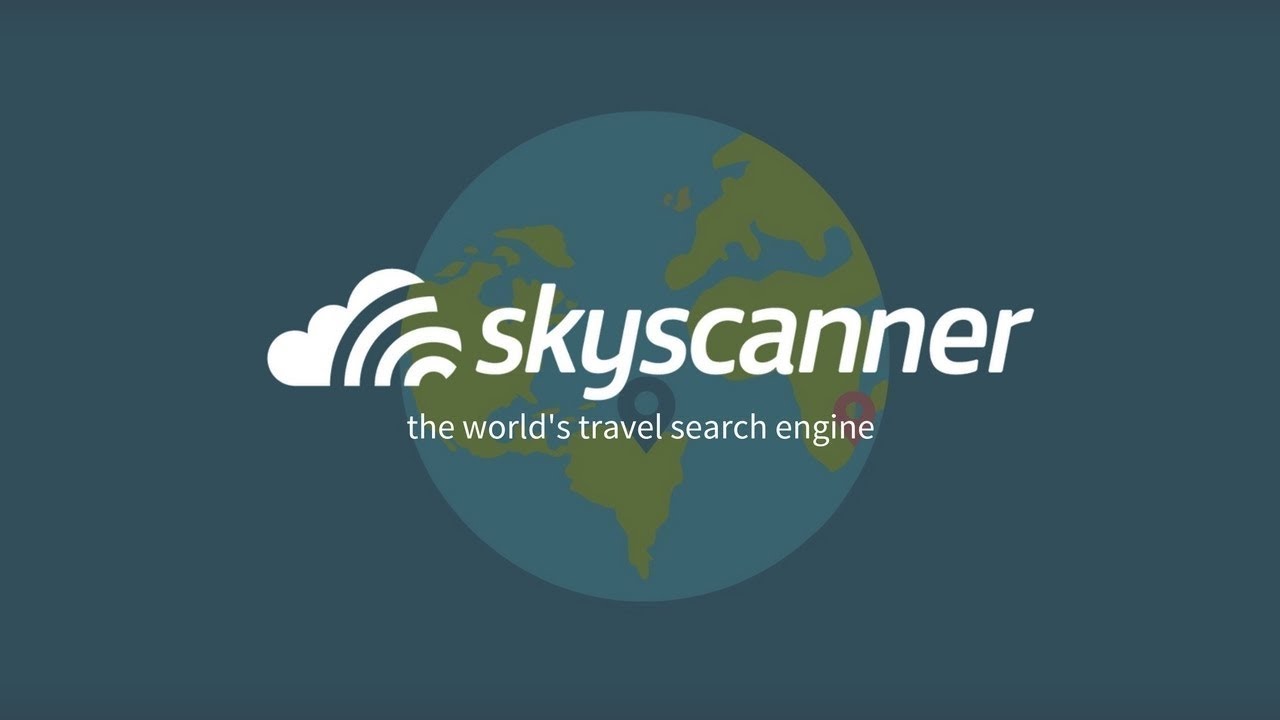Titled ‘Skyscanner Horizons – The Return of Travel’, the Skyscanner’s report analyses three years of search and booking data to shine a light on how travellers are planning for the new normal ahead of the peak holiday season.
Exclusive commentary on the trends is provided by industry leaders CAPA, Digital Tourism Think Tank and Skyscanner’s VP of Flights Hugh Aitken. A global survey of 5,000 consumers has also been commissioned to understand evolving travel preferences and some of the context behind the trends identified.
Hugh Aitken, Skyscanner’s VP of Flights, said of the report’s publication:
“With international travel once again on the horizon, we have looked at how, when and where it is likely to return ahead of the peak travel season. Our analysis reveals how travellers’ preferences are changing compared to pre-pandemic and we have identified eight global trends that offer a snapshot of today’s travel landscape that will influence the sector in 2021.
“That said, there are still many pieces of the puzzle needed to fully restore traveller confidence and truly unlock underlying demand. As we have seen in the past, travellers are adept at adjusting to new measures, however we are entering a period where the importance of clear, straightforward and timely information is vital, especially relating to restrictions, quarantines and testing requirements.”
Derek Sadubin, Managing Director of CAPA – Centre for Aviation, commented on cheaper prices for travellers and lowering yields from airlines:
“As identified by Skyscanner’s impressive analysis of the industry, leisure traffic and VFR, the low yielding segments for airlines will dominate travel profiles for the remainder of 2021 and beyond. Fewer business travellers, the key to long–haul full-service operations, will take longer to take to the skies, so the leisure/VFR markets, particularly domestic and short-haul international, will be in the ascendency. For the airlines in this environment, low costs are king, so LCCs are well positioned.”
Nick Hall, CEO of Digital Tourism Think Tank, commented on the change in travel preferences;
“Following more than a year of global travel restrictions, Skyscanner’s report finally shines light on the path to recovery. It reveals a clear distinction in traveller preferences today, compared to pre-pandemic travel. Notwithstanding the obvious disruption caused to the industry, the report reveals for the first time a strikingly different set of traveller profiles emerging.
“For destinations, the clear growth in confidence shown by travellers means adopting a more tactical approach for a few months yet, focusing on certainty and the possibility of a total shake-up of traditional markets and segments. For secondary and domestic destinations, this is a rare opportunity to turn an anomaly into a permanent trend.”
Skyscanner’s Horizons report reveals the emergence of new travel behaviours. Increasing traveller optimism, aligned with progress on vaccinations and the first stages of new travel protocols being introduced, is leading to changes in trip planning and price sensitivity, as well as interest in new routes and destinations from June onwards. The report identifies eight global trends as well as unique regional and country specific insights:
Trip planning rises alongside confidence levels
- Average booking horizons are nearing those of 2019, tracking at 75 days in a sign that travellers are confident they can get away this year.
- Average trip duration is up too, particularly for trips longer than 7 and 20 days.
- 55% of consumers are planning a holiday within the next six months.
Travellers are hedging their bets for year-end trips
- Travel dates are being pushed back to later in the year with September, October and November comparatively more popular than two years ago.
- Searches for medium-haul flights are also higher (+11%) compared to 2019.
- 39% of consumers are planning trips for longer than 14 days, with extended holidays (56%) and visiting friends and family (52%) the top reasons.
Clear skies ahead for domestic air travel
– Travellers in APAC and AMER regions are continuing to fly domestically, with 83% and 70% of searches in March for domestic destinations respectively.
– 40% of consumers polled said that quarantine is the biggest deterrent for booking international travel, followed by testing (28%) and there being too many restrictions (27%).
The rise of the second city – smaller destinations are increasingly popular
– Aside from New York and Paris, travellers are gravitating towards smaller, coastal or island destinations such as Cancun, Crete and Mallorca
– Globally, the top five factors affecting the choice of destination for consumers are:
– A destination that feels safe (31%)
– Somewhere they are allowed to travel (31%)
– Somewhere they have been before (26%)
– Price (26%)
– The weather (25%)
Select destinations have been leading the charge to attract travellers
- Destinations that have added new routes, encouraged remote working opportunities, or made it possible for friends and family to reunite have increased in popularity.
- Mauritius has climbed 126 places in the global search ranking compared to 2019, followed by Islamabad (101 places) and Dalaman (95 places).
Determined travellers – from couples to families – are searching for new destinations
- A strong desire to travel, wherever is feasible, is leading to different destinations topping travellers’ wish lists.
- Bali currently tops the list for couples, Sochi is the highest new entrant for families and Crete for groups, but destinations vary significantly based on travellers point of origin.
Prices are cheaper and travellers are spending less
– In some markets such as Europe, ticket prices in Euros are up to 15% cheaper than pre-pandemic. And travellers are taking advantage of this, spending less on flights.
But it is no longer just about the cheapest ticket – it’s about value for money
- On Skyscanner platforms, travellers are now selecting tickets 28% more expensive than the cheapest on offer, up 12% vs 2019, suggesting that other factors alongside price, such as flight duration, number of stops and COVID-19 safety, are increasing in importance.
- Survey respondents indicated the following would make them pay for a more expensive flight:
- Convenient flight times (41%)
- Fewer stops or direct routes (38%)
- If departure is from their preferred airport (35%)
- Airline safety rating (27%)
- Flying with a specific airline (26%)
Download a copy of the report to explore the new and emerging travel trends in 2021.




